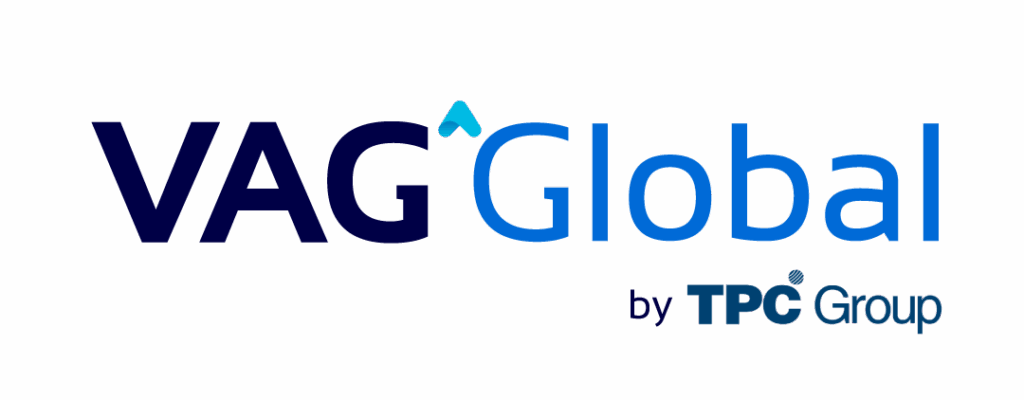Introduction
The INDECOPI (Instituto Nacional de Defensa de la Competencia y de la Protección de la Propiedad Intelectual – National Institute for the Defense of Competition and Protection of Intellectual Property) has concluded that there are no competitive conditions in the port services offered by the Port of Chancay compared to those of Callao. This determination means that the OSITRAN (Organismo Superior de la Inversión en Infraestructura de Transporte de Uso Público – Supervisory Agency for Investment in Infrastructure Public Transport) must intervene to regulate the rates at the Port of Chancay.
INDECOPI’s Determination
Indecopi conducted a technical analysis that identified four relevant markets related to container ship services and container cargo at the Chancay Multipurpose Port Terminal. The study concluded that there are no conditions of effective competition between the Port of Chancay and the Port of Callao, which supports the OSITRAN’s regulatory intervention.
Regulation Implications
With this determination, OSITRAN must establish maximum tariffs for standard port services in the Port of Chancay. This measure aims to prevent monopolistic practices and ensure fair prices for users. Conversely, the regulation could face challenges, as the Port of Chancay operates under a private model without a concession contract with the State, unlike the Port of Callao.
Reactions from Cosco Shipping
Cosco Shipping Ports Chancay Perú S.A., operator of the Port of Chancay, has expressed its disagreement with INDECOPI’s determination, arguing that conditions of competition do exist. The company is evaluating the arguments in the report to issue a more detailed position and does not rule out taking legal action to defend its interests.
To address the new regulatory environment, companies involved in foreign trade may require the support of business lawyers, accounting and audit services, or tax and legal advice to enable them to adjust their financial and legal strategies in light of this new state intervention.
Industry Opinions
The Lima Chamber of Commerce has expressed concern about state intervention in a private investment project, noting that it could discourage future investment. On the other hand, foreign trade experts have pointed out that regulating tariffs at the Port of Chancay could be complex due to the diversity of services offered and the need for a flexible tariff structure.
Conclusion
INDECOPI’s decision and the OSITRAN’s subsequent intervention in regulating tariffs at the Port of Chancay represent a significant change in the Peruvian port landscape. While the measure aims to ensure competition and protect users, it also poses challenges in implementing appropriate regulation for a port operating under a private model and offers a wide range of services. The authorities and stakeholders must work together for a balance between promoting private investment and protecting the public interest.
Sources: Infobae.com / Gestion.pe / DFSUD.com / Índice.pe / Gestion.pe
